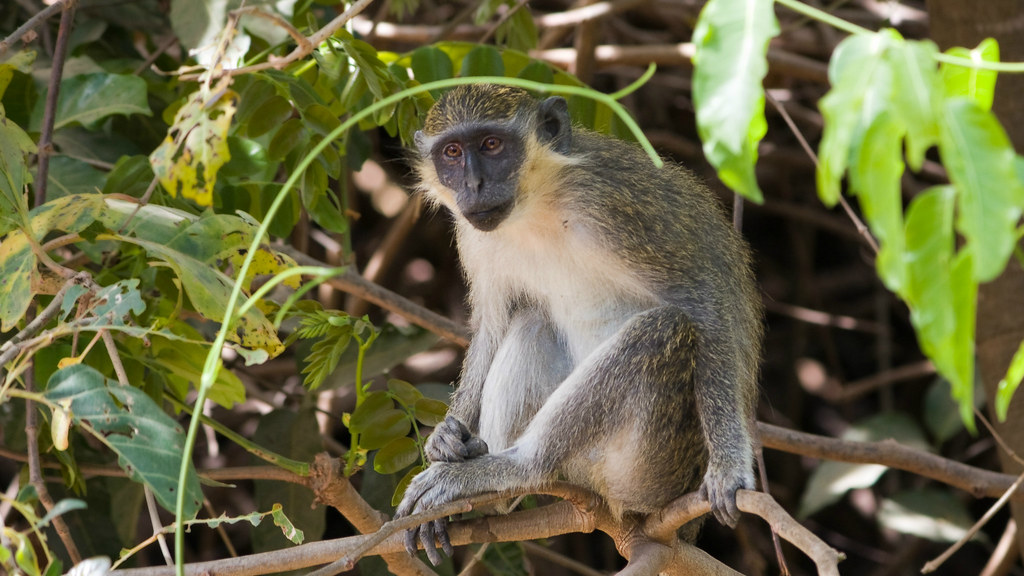Many deadly diseases that afflict humans were originally acquired through contact with animals. However an international team of researchers including scientists at the University of Bath has discovered that pathogens can also jump the species barrier to move from humans to animals.
The research, published in Applied and Environmental Microbiology, shows that green monkeys in The Gambia acquired Staphylococcus aureus (S. aureus) from humans.
In the study, experts isolated strains of S. aureus from the noses of healthy monkeys in The Gambia and compared the monkey strains with strains isolated from humans in similar locations.
Genetic analysis
“We used a technique known as high-throughput sequencing to gain an exquisitely detailed view of the relationships between the various strains,” said study co-author Mark Pallen, Professor of Microbial Genomics, Warwick Medical School at the University of Warwick.
“The results showed that monkeys had acquired S. aureus strains from humans on multiple occasions,” he added.
Most of the S. aureus found in monkeys were part of a clade, a group with common ancestors, which appeared to have resulted from a human-to-monkey transmission event that occurred 2,700 years ago.
Human to monkey transmission
Two of the most recent human-to-monkey transmission events appear to have taken place around three decades ago, and roughly seven years ago, respectively. These events appear to be the result of human encroachment into the monkeys’ natural habitat, and probably resulted from transfer of human bacteria from hands to food that was then fed to monkeys, according to the report.
“Although wild, these monkeys are very acclimated to humans, who often feed them peanuts,” explained coauthor Dr Martin Antonio, Unit Molecular Biologist & Principal Investigator, Medical Research Council Unit, Banjul, who led the work in The Gambia.
The investigators found no evidence of transmission of S. aureus from monkeys to humans.
Edward Feil, Professor of Microbial Evolution at the University of Bath’s Milner Centre for Evolution, led the analysis of the strains. He said: “Interestingly, strains that jump from humans to monkeys lose genes that are known to confer adaptation to the human host.”
Sion Bayliss, Postdoctoral Researcher also at Bath working on the project added: “Our study is consistent with previous work showing that transmission of this bug from humans to animals is often more common than the other way around.”
Human encroachment on habitat
Humans acquired many of the diseases that have been among the deadliest, historically, from the livestock domesticated in the early years of civilization. In the last few generations, the combination of increasing human encroachment on wild ecosystems, and increasing human travel has led to acquisition and spread of diseases ranging from HIV to Lyme disease.
“As humans encroach ever more steadily into natural ecosystems, the risk increases that pathogens will be transmitted from humans to animals, or vice versa,” Pallen concluded.
Milner Centre for Evolution
The Milner Centre for Evolution, our unique cross-faculty research centre bridging biology, health and education, is named after Bath alumnus, Dr Jonathan Milner who donated £5 million towards establishing the Centre. Its focus is on studying some of the fundamental evolutionary questions of biology, and using this insight to find new technological and clinical research applications. A key strand to its work is in taking the message about evolutionary research out into the community.
The Centre is based in the University's Department of Biology & Biochemistry. 85 per cent of the University’s Biological Sciences research was recently assessed as world-leading or internationally excellent in the recent independently-assessed Research Excellence Framework 2014.

